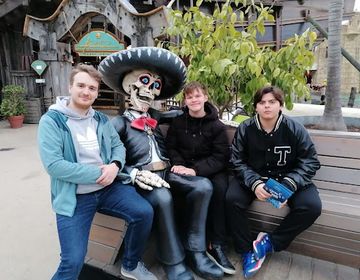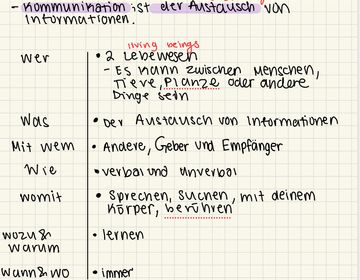More on German Public Transport
Germany is famous for its public transportation, and I have been lucky enough to get to use it frequently. From buses, subways, bullet trains, and even ferries, Germany has them all. I have already written an article about my favorite train moments, but this crucial component of German culture and everyday life deserves a second write-up.
One thing I had to learn living in Germany is the different types of public transport. Almost all long-distance transit comes from the German company Deutsche Bahn, with local and regional companies running some local bus and train routes. As previously mentioned, Germany offers a variety of transportation options. There are bus routes connecting smaller villages to train stations, and of course, bus lines within large cities. The biggest cities, like Hamburg and Berlin, have U-Bahns (Underground trains) which function as the city's subways. There are also S-Bahns in large German cities, which are simply streetcars. When traveling between cities, one can use regional trains that run regularly throughout the day. For long distances, Deutsche Bahn offers IC and ICE (InterCity and InterCity Express) trains. While typically highly expensive, ICE trains can travel up to around 200 miles per hour, making even a trip from Hamburg to Munich just a matter of hours.
As an exchange student, I have been given a Deutschland Ticket. A Deutschland ticket allows me to hop on and off at any city or regional train/bus that I want. Typically, they cost between €49-€59, depending on what organisation you are purchasing from, although they work all the same. It is important to note that IC and ICE trains are not covered by this card.
If you ask any American about Germany, the idea of German punctuality is bound to come up at some point. Yet, if you ask any German about public transport, the first thing they will say is that it is always late, and sometimes will not show up at all. Although I have had many great train experiences here, there have been a few times when the train has not shown. This can create issues, but the number of places I have been able to see with the German public transport system has been many more than the places I missed by a late or no-show train.
Germany even has ferries in some places. I took one once in Hamburg from one side of the port to the other. I find these really interesting, especially since they are considered public transport just as buses and trains are.
I will definitely miss the German public transport system. It has allowed me to venture to parts of the country I otherwise never would have been able to and has connected me to people far away from my home here.
Related Posts

Work-Life Balance: The Difference Between Germany and America
Someone told me that the biggest difference between American schools and German schools is that American schools have culture.

Fall Break: My Intro to German Theme Parks
We scan our tickets and walk through the turnstiles. This ain't Disney; we're in Europa Park.

Adjusting to German School
If there is any piece of advice I would give to future CBYX’ers, I would tell them to sort out high school graduation credits with guidance counselors prior to the exchange year.